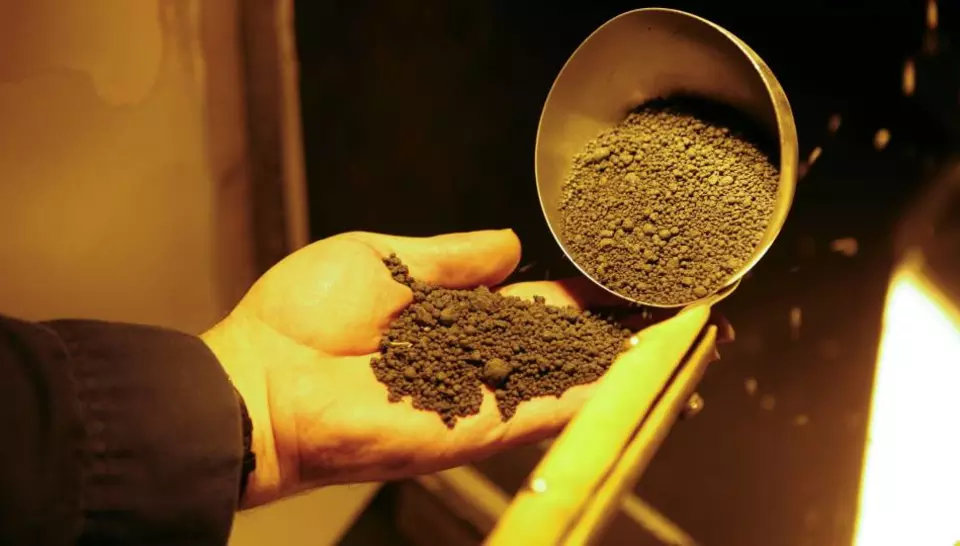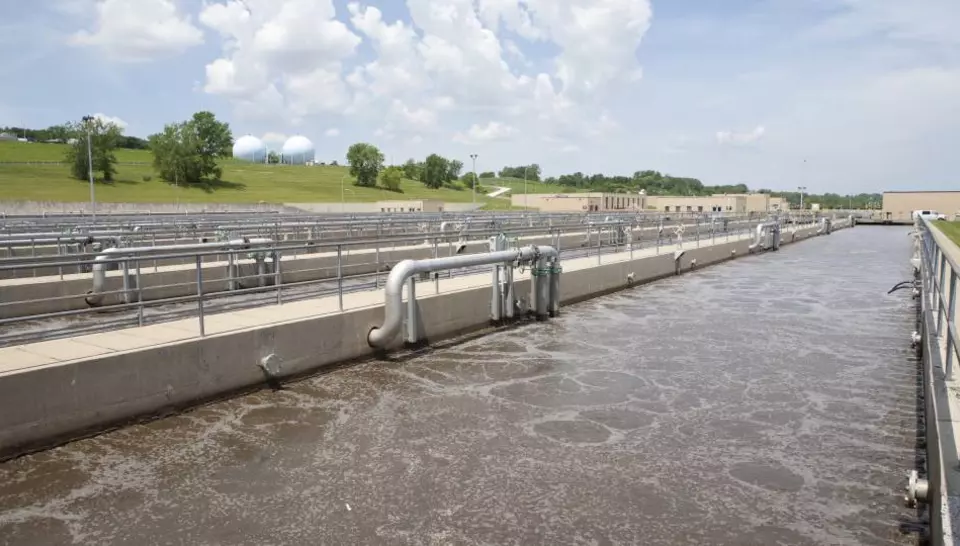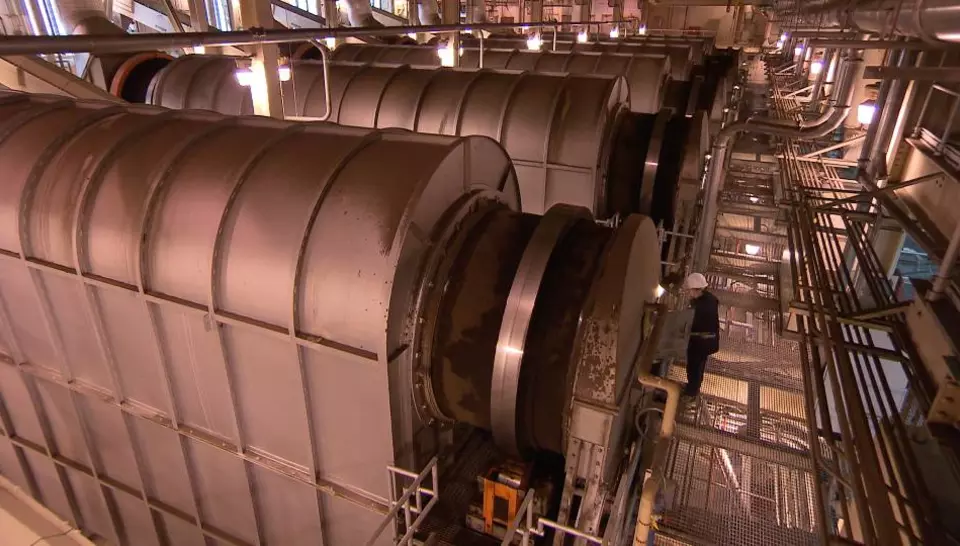The challenge
In the Great Lakes region - with 20% of the world's drinking water supply and 84% of North America's surface freshwater - Lake Michigan is the largest freshwater reservoir in the United States. Along its shores, not only the city of Milwaukee, but also the industries that have traditionally been its growth catalysts, rely heavily on water for both production and transport. As a result, the United States and Canada signed an agreement to restore and maintain the physical, chemical and biological integrity of the water in the Great Lakes.
Customer objectives
The Milwaukee Metropolitan Sewerage District (MMSD), the largest public wastewater treatment system under private operating contract in the United States, decided to outsource its facilities to an operations and maintenance service provider with proven reliable asset management as well as operational expertise. In addition, the partner is expected to share MMSD's demanding commitment to CSR.
Veolia's solution
Put in place an exemplary process combining the treatment and recycling of wastewater, the elimination and recovery of waste from treatment and the reduction of the amount of energy consumed by all these operations.
Innovation
OptiRTC, a cloud-based analytics tool, uses predictive technology that anticipates the weather and feeds information to a virtual dashboard. With their limited rainwater collection capacity, water treatment plants can prepare more effectively and redirect the surplus into suitable reservoirs.
99.9%
Milwaukee's record for storm and wastewater capture and treatment (2017), given that most cities struggle to meet the national target of 85%
50,000
metric tons of Milorganite® biosolids fertilizer produced/year by MMSD
$6.33 billion
Wisconsin's estimated investment in wastewater infrastructure by 2040
Technologies
Veolia, which in addition operates a landfill site 27 km from Milwaukee, uses biogas from the anaerobic digestion of waste to reduce the energy consumption of the Jones Island plant. The recovered methane is transported by pipeline. This operation has cut the site's natural gas consumption in half, saving 1.5 million dekatherms per year. Opening a new biogas production plant brings the proportion of operations fuelled by biogas to close to 85%.
Customer benefits
Environmental performance
• Since 2008, Veolia has been operating the MMSD water recovery complex in full compliance with the water legislation and strictly adhering to quality standards. The production of Milorganite® - MMSD's emblematic biosolids product - also regularly meets quality standards in more than 95% of cases.
• In partnership with the University of Wisconsin's Great Lakes Water Institute, Marquette University and MMSD, Veolia conducted the first-ever study of the carbon footprint of Milwaukee's water to measure the impact of human activity on the resource and its cost. It included looking for trace pharmaceuticals in the catchment areas as well as potential improvements in the wastewater treatment process.
• Veolia is also committed to its $1.5 million R&D program (2009-2019) in support of initiatives to improve water quality and reduce greenhouse gas emissions in the Great Lakes region.
Economic performance
With the focus on cost reduction, Veolia has saved the MMSD and taxpayers more than $150 million since 2008. In addition, the sale of Milorganite® compost generates more than $10 million in revenue (2017).
Societal performance
• Veolia employs 260 people in information technology, industrial and environmental services and support functions at its sites in Germantown, Greenfield, Menomonee Falls and Milwaukee. Through demanding and comprehensive training programs, its employees achieve industry-leading safety results.
• Veolia's purchasing programs reserved for Milwaukee's social enterprises (Small Women Minority Business Enterprise - SWMBE) account for about 36% of the more than $40 million total annual spending.
Contract scope
Site: 28 municipalities in the Milwaukee district
Population: more than 1.1 million people served
2 wastewater treatment plants (Jones Island and South Shore), 1 fertilizer production plant, 1 collection network of 515 km, 4,800 km of secondary pipelines and 4,800 km of sewerage network; 1 underground storage tank for WWTP sludge, 45 km long and with a capacity of 1.972 billion litres
Contract period
1st contrat 2008-2018
2nd contrat 2016-2026
Sector of activity
Municipal
Expertise
• Biogas production
• Production of Milorganite® fertilizer from WWTP sludge
Planet
• Veolia assisted the MMSD in defining the Milwaukee Area Resiliency Strategy. To produce this plan, published in August 2019, its subsidiary 2EI analysed the risks and challenges facing the area, prioritizing them during workshops bringing together the 28 municipalities that make up the Milwaukee Metropolitan Area, as well as a panel of stakeholders with an interest in the approach.
• The Milwaukee resilience strategy is organized around 3 visions - Make the Milwaukee area a good place to live by improving public participation in decision-making and its environment; Strengthen the economic vitality of the region by creating innovative jobs and ensuring equal opportunities; Adapt the infrastructure to the challenges of the 21st century - broken down into 20 actions.
• The excellence of the partnership between the MMSD and Veolia has been recognized by a number of prestigious awards: the Clean Water Alliance's Water Award; the Platinum Award from the National Association of Water Agencies; the Distinguished Services Award from the National Council for Public-Private Partnerships.
People
The Jones Island facility is one of the most popular tourist attractions during the Milwaukee open days. They regularly attract more than 2,000 visitors on any given day and up to 4,000 per year.





